The Influence of Photography on Modern Custom Paintings
Author:
GeorgeUpdated:
29.09.2025


- How Photography Changed the Role of Painting
- 1.Photography Replaces Painted Portraits and Landscapes
- 2.Painters Rethinking Their Purpose
- 3.A New Role for Painting
- 1.
- A Two-Way Exchange of Inspiration
- 4.Painters Pursuing Photographic Realism
- 5.Shared Visual Language
- 6.The Artistic Dialogue
- 4.
- Photo-Based Painting Today
- 7.Not Just Tracing
- 8.Techniques and Tools
- 9.Balancing Realism and Creativity
- 10.Why It Matters for Custom Paintings
- 7.
- Why Photography Still Matters for Custom Paintings
- The Future of Photography and Painting
For centuries, painting was the only way to capture a realistic likeness of people, places, or events. Then photography arrived and suddenly anyone could record life with the click of a button. Many feared this new invention would make painting irrelevant.
And in some ways, it did. Portrait studios and landscape artists lost ground to cameras that were faster, cheaper, and more accurate. Painters could no longer compete with photography in realism. Critics even declared that painting was “dead.” But instead of fading away, painting transformed. Artists turned away from strict realism and embraced expression, abstraction, and storytelling.
Today, this relationship is most visible in modern custom paintings, where photographs are not rivals but references. Photography provides the starting point, the captured moment, while painting adds interpretation, texture, and emotion. Together, they’ve reshaped how we create and experience art.
How Photography Changed the Role of Painting
When photography was introduced in 1839, it disrupted the art world. For the first time, realistic images could be created by a machine rather than by hand. Until then, painting had been the primary way to capture likenesses, landscapes, and important events. Portraits were reserved for the wealthy, while travelers collected painted or engraved views of places they visited.

Photography Replaces Painted Portraits and Landscapes
The camera quickly made realistic likenesses affordable and accessible to ordinary people. By the mid-19th century, families could own photographic portraits instead of paying for expensive paintings. Landscape photography also grew popular, replacing tourist etchings and serving as records of ruins, cities, and engineering projects.
“People don’t have time to wait for somebody to paint their portraits anymore. The money is in photography.” — Robert Mapplethorpe.

Painters Rethinking Their Purpose
With photography taking over realism, painters asked: What can painting do that photography cannot? This question pushed many artists away from strict representation. Impressionists such as Monet and Degas focused on light, color, and movement rather than detail. Symbolists and later modernist painters moved even further, prioritizing mood, abstraction, and personal expression.
“A great photograph is one that fully expresses what one feels, in the deepest sense, about what is being photographed.” - Ansel Adams.

A New Role for Painting
In short, photography freed painting from its duty to record reality. Rather than competing, painting evolved into a medium of expression — a change that continues to shape custom artwork today.
A Two-Way Exchange of Inspiration
From the late 19th century onward, many photographers sought to give their work a painterly feel. Movements like Pictorialism emphasized mood, atmosphere, and composition rather than sharp detail. Techniques such as soft focus, staged scenes, and darkroom manipulation allowed photographers to mimic the style of classical painting.

Painters Pursuing Photographic Realism
At the same time, painters were praised for producing works that looked “photographic.” Scandinavian and American artists of the 19th and early 20th centuries often achieved lifelike detail, making viewers compare their canvases to photographs. This pursuit of realism highlighted how photography influenced painting even as painters moved toward expression and abstraction.

Shared Visual Language
Both mediums began to use a common visual vocabulary. Light, composition, and storytelling became central to photographers and painters alike. Portrait photographers adopted the Rembrandt Effect, a lighting technique borrowed from the Dutch master. Similarly, Caravaggio’s dramatic chiaroscuro influenced not only painting but also modern portrait and cinematic photography.

The Artistic Dialogue
This constant exchange blurred the lines between the two arts. Photographers borrowed painterly moods, while painters absorbed photographic precision and framing. Instead of competing, photography and painting enriched each other — a dialogue that still shapes how custom paintings are created from photos today.
Photo-Based Painting Today
Photo-based painting is the practice of using photographs as references for creating artworks. It goes beyond copying a picture; the artist interprets, edits, and transforms the photo into a unique painting. This approach combines the accuracy of photography with the expressive qualities of brush and canvas.

Not Just Tracing
One common misconception is that photo-based painting is simply tracing a photo. In reality, it requires creative choices about color, texture, composition, and emphasis. Artists decide what details to highlight or soften, and how to use brushwork to add emotion and depth that a photograph alone cannot convey.
Techniques and Tools
Artists use different methods to create photo-based paintings. Some work with oils or acrylics on canvas, while others combine printed photos with paint for layered textures. Digital artists may use tablets and styluses to blend photography and painting into hybrid works. The variety of approaches shows how flexible this form of art has become.
Balancing Realism and Creativity
The greatest challenge of photo-based painting is balancing fidelity to the source photo with personal expression. Too much realism, and it may look like a replica; too much abstraction, and the connection to the original moment may be lost. Skilled artists navigate this middle ground and create works that are both recognizable and emotionally powerful.
“There’s nothing more interesting than the landscape of the human face.” — Irvin Kershner.
Why It Matters for Custom Paintings
For clients, photo-based painting is a way to preserve a cherished memory in a form that feels timeless. A simple snapshot can be transformed into a painted heirloom that conveys warmth, personality, and artistry — something no camera or printer can replicate.

Why Photography Still Matters for Custom Paintings
Photography remains the foundation for most modern custom paintings. It makes the process accessible, since clients no longer need to sit for hours while an artist captures their likeness. A simple photo can serve as the reference point, giving artists the raw material they need to create.
At the same time, photography opens the door to customization. Artists can adjust lighting, change backgrounds, enhance colors, or combine multiple images into a single composition. This flexibility allows paintings to become more personal and meaningful than the original photo.
Photography also helps preserve fleeting moments. Old, faded, or low-quality photos can be transformed into timeless painted heirlooms. A wedding snapshot, a childhood picture, or even a casual candid can be reimagined with the care and artistry of hand-painted work.
Most importantly, photography and painting work together to create something more powerful than either alone. A photo captures reality; a painting interprets it. Custom paintings rooted in photography carry both likeness and feeling; they preserve memories while adding depth and emotion that go beyond the camera lens.
The Future of Photography and Painting

The relationship between photography and painting continues to evolve. Just as photography once disrupted traditional art, new technologies like artificial intelligence are raising similar questions today. Some worry that digital tools will replace artists, while others see them as an opportunity to expand creativity.
If history is any guide, new inventions do not end art forms; they reshape them. Photography freed painting from realism, leading to Impressionism, modernism, and eventually photo-based painting. In the same way, AI and digital methods are likely to push both photography and painting toward new ideas and styles.
For custom paintings, this means even more possibilities. Artists may use AI-enhanced photos as references, adjust details with digital tools before painting, or experiment with hybrid works that merge photography, painting, and technology. What will remain constant is the human element — the interpretation, choices, and emotional depth that no machine can fully replicate.
The future of photography and painting is not about competition. It is about dialogue, just as it has been for nearly two centuries. Together, they will continue to inspire each other and expand what is possible in visual art.
Conclusion
Photography and painting have never been rivals, they’ve always pushed each other forward. Photography gave painting the freedom to move beyond realism, while painting showed photography how to carry emotion and meaning. Together, they’ve shaped modern art into something richer than either could achieve alone.
Custom paintings today are the clearest proof of this partnership. A single photo can be transformed into a painted work that preserves likeness, memory, and feeling all at once. The camera captures the moment, but the brush gives it soul.
At Photo2Painting, we’ve made it our mission to honor both sides of this story. By turning cherished photos into custom hand-painted works, we preserve the accuracy of the photograph and the timeless beauty of painting. Each piece is more than an image — it’s a memory reborn, a way to keep loved ones and special moments alive in a form that lasts for generations.
Frequently Asked Questions
How did photography impact modern art?
Photography changed modern art by freeing painting from its role of recording reality. Once cameras could capture accurate likenesses, artists explored light, mood, abstraction, and personal expression. This shift gave rise to Impressionism, Symbolism, and other modern movements.
What is the relationship between photography and painting?
Photography and painting have a two-way relationship. Painters use photographs as references, while photographers often draw on painterly techniques like composition and lighting. Instead of competing, the two mediums influence and inspire each other.
Why is photography important in art?
Photography is important in art because it made image-making accessible to everyone and introduced new ways to see and record the world. It also pushed painting into new directions, from expressive brushwork to abstraction, and continues to inspire artists today.
Can I turn a photo into a portrait painting?
Yes, you can turn a photo into a painting. Many artists and services specialize in creating custom paintings from photographs. At Photo2Painting, we transform personal photos into hand-painted artworks that preserve both the accuracy of the image and the timeless beauty of painting.
How does photography influence painting?
Photography influences painting by providing references for accuracy and composition, but also by challenging painters to move beyond realism. Many modern and contemporary artists use photos as a starting point, then add interpretation, color choices, and emotion to create something unique.
What makes photography a powerful art form?
Photography is a powerful art form because it combines accessibility with creativity. It captures reality instantly but also allows artists to manipulate light, composition, and perspective. This balance of truth and interpretation gives photography lasting influence in the art world.
George, CEO of Photo2painting, is a passionate art lover and entrepreneur. He founded Photo2painting.com from scratch, inspired by his artist friends. As the company's CMO, he manages content and marketing.
Excellent Customer Reviews































